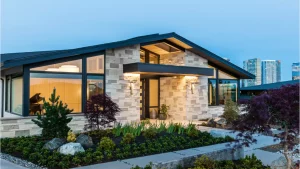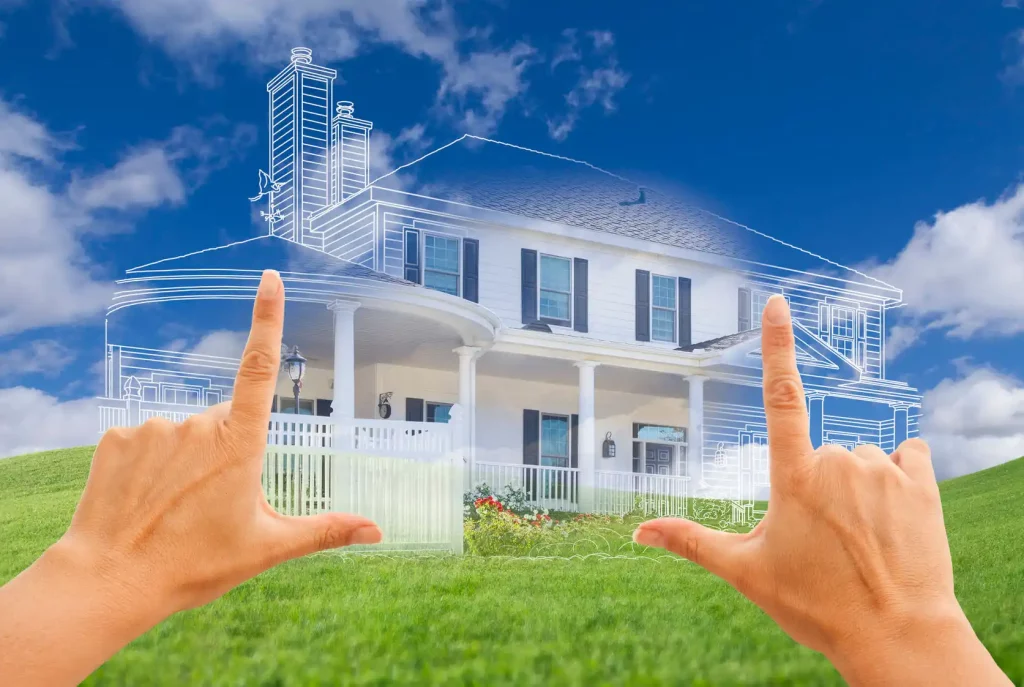In the quest to boost their online visibility, custom home builders often overlook a crucial element: community engagement. A website shouldn’t just display projects; it should foster trust, forge connections, and cultivate community. By infusing community-focused principles into their web design, builders can craft a digital presence that resonates with potential homeowners and differentiates them from rivals. But how can they achieve this goal?
Key Takeaways
- Effective web design helps custom home builders establish trust with potential homeowners by promoting transparency and community engagement.
- A well-designed website serves as a digital hub for community building, fostering connections and socialization among residents.
- Visual storytelling is crucial in communicating community benefits, such as environmental sustainability and a sense of pride and ownership.
- Incorporating community-engaged construction principles, like green spaces and community areas, strengthen social connections and a sense of belonging.
- By leveraging engaging narratives, custom home builders can distinguish themselves from competitors and create an emotional connection with potential homeowners.
Challenges in Building Community Trust
Building community trust is a crucial aspect of community-engaged home construction, yet it is often hindered by several obstacles that custom home builders need to overcome. Mistrust and skepticism can arise from lack of transparency, poor communication, and unmet expectations. By understanding these challenges, custom home builders can proactively address them, nurturing a sense of belonging and trust within the community.
The Role of Web Design in Community Engagement
Through a well-designed website, custom home builders can establish a digital presence that promotes community engagement, effectively bridging the gap between their business and the community they serve. By incorporating community-engaged home construction principles, builders can create an online environment that nurtures trust, transparency, and open communication, ultimately strengthening relationships with their community.
Visualizing Community Benefits Through Design
By incorporating visual elements that reflect community-involved home construction principles, custom home builders can create a digital environment that effectively communicates the benefits of their community-focused approach to prospective homeowners. This approach showcases the value of community-engaged home construction, nurturing a sense of belonging among residents.
- Sense of community and connection among neighbors
- Opportunities for community engagement and socialization
- A stronger, more supportive community network
- A focus on environmental sustainability and eco-friendliness
- A deeper sense of pride and ownership among residents
Effective Storytelling for Home Builders
Bespoke home builders can utilize engaging storytelling to communicate the value of community-involved home construction, establishing a tangible connection with potential homeowners and distinguishing themselves from competitors. By sharing the story behind their community-engaged home-building approach, builders can create an emotional connection, nurturing a sense of belonging and trust with their audience.

Leveraging Community-Engaged Home Construction Principles
Community-engaged home construction principles nurture a sense of communal ownership, harnessing residents to take pride in their living spaces and promoting a strong, supportive neighborhood culture.
- Cultivate a sense of belonging among residents
- Encourage community participation in design and decision-making
- Incorporate green spaces and community areas
- Design homes that reflect the community’s character
- Create opportunities for social connection and community engagement
Frequently Asked Questions
What Are the Key Performance Indicators for Community-Engaged Home Construction Projects?
Key performance indicators for community-involved home construction projects include timely completion rates, budget adherence, resident satisfaction, and community engagement metrics, such as volunteer hours and local supplier participation.
How Do Custom Home Builders Measure Community Engagement Success?
Custom home builders gauge community involvement success through metrics such as resident satisfaction surveys, community event participation rates, and social media interaction, indicating a strong sense of community and belonging among residents.
Can Community-Engaged Home Construction Projects Be Replicated in Different Locations?
Yes, community-engaged home construction projects can be replicated in different locations by adapting to local needs, engaging with local stakeholders, and incorporating culturally sensitive design elements to promote a sense of community belonging.
What Are the Most Effective Community Engagement Strategies for Home Builders?
Effective community engagement strategies for home builders involve open communication, stakeholder involvement, and collaborative goal-setting, cultivating trust and mutual understanding between builders and community members to guarantee successful project outcomes.
How Do Home Builders Balance Community Needs With Design and Construction Goals?
Home-builders balance community needs with design and construction goals by engaging in transparent communication, conducting requirements assessments, and incorporating sustainable design principles to create harmonious and functional living spaces that meet both community and business objectives.
Conclusion
Effective web design plays a vital role in nurturing trust and engagement between custom home builders and communities. By incorporating community-engaged construction principles, builders can create a digital presence that cultivates a sense of belonging and connection. Visual storytelling and sustainable design elements can bridge the gap between builders and residents, ultimately leading to stronger, more supportive community networks. A well-designed website can showcase projects while promoting communication, environmental sustainability, and community pride, resulting in a more united and engaged community.
Also read: Web Design Importance for Kitchen Remodeling Business

